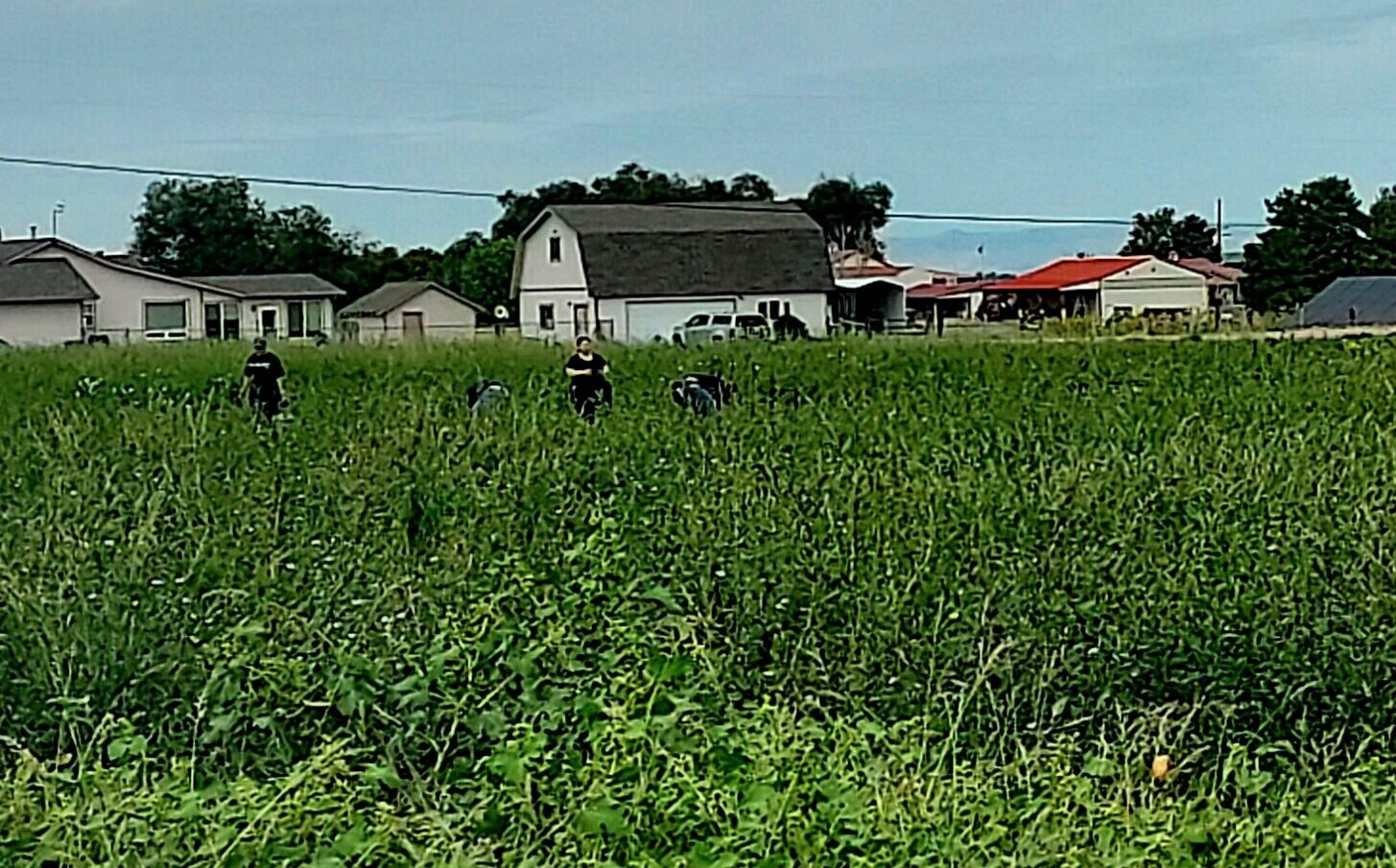Guest worker H2A visas and ag producers: ‘One doesn’t work without the other’
GRAND JUNCTION – One thing quickly became clear here at the Club 20 Fall Conference as emotions ran high on all sides of the immigration issue.
Not enough has been done to help the public understand the difference between legal visa holders and illegal foreign nationals, and the interface with Western Slope jobs, and the overall economy.
With nearly 30 million acres of farmland and abundant natural resources, agriculture contributes $47 billion to the Centennial State economy and supports 195,000 jobs. Colorado farmers and ranchers produce a diverse array of commodities, including an inventory of 2.5 million beef and dairy cattle, 540,000 hogs, 405,000 sheep, 1.46 million acres of planted corn, 2.1 million acres of wheat, 623 million acres of hay, and millet production of 11.7 million pounds on 345,000 planted acres – more than double the second leading state.
Given the fact that the Western Slope counties have historically been an agricultural economy driven by livestock production, orchards and farms, it makes sense that this issue is one that generates a lot of discussion.
It is also true that the Western Slope is home to multiple ski resorts and destination resorts which utilize guest visa workers in order to fill the jobs necessary to service world-famous tourism experiences, such as those in Aspen, Telluride, Durango and Vail (J2 visas).
Defining the difference between illegal and legal workers, and informing the public concerning the laws and regulations that govern legal H2A Visa holders is critical to both the success of the visa worker and the farm and ranch owners and businesses who employ these workers.
H2A workers are requested by the individual employer, and the employer pays for the entire cost of bringing that visa worker into the United States, including the cost or reimbursing the cost of the application that the guest worker submits.
H-2A farm workers in Colorado are governed by both federal and state rules, requiring employers to demonstrate a lack of U.S. worker availability, provide safe housing, pay the highest applicable wage (federal, state, or collective bargaining rate), and provide safe transportation to and from work. Employers must file with the Department of Labor and USCIS. Workers are subject to federal income tax filing obligations based on their earnings.
Employers must prove there are insufficient U.S. workers to fill the job and that employing foreign workers will not negatively impact U.S. worker wages or working conditions.
Employers must attempt to recruit U.S. workers first and offer them the same terms and conditions.
H-2A farm workers in Colorado must be paid the highest of the Adverse Effect Wage Rate (AEWR), the Colorado minimum wage, the prevailing hourly wage for the occupation in the area, or any higher wage rate specified in the job order.
For 2024, the AEWR for Colorado was $17.84 per hour as of Dec. 16, 2024, which is higher than Colorado’s minimum wage at $14.42 per hour for U.S. citizens. Employers must also provide pay stubs, pay all wages on time, and offer overtime pay under Colorado’s agricultural overtime laws which require time-and-a-half pay after 54 hours for most employers as of Jan, 1, 2025.
In addition, employers must provide adequate housing for guest workers as defined by law and inspected regularly by the governing agencies. Employers are also required to provide transportation between the work site and housing.
While both are temporary H-2A agricultural workers, the key difference between farm workers and range workers lay in their job duties, work location and unique visa program requirements. Range workers, who tend livestock in remote, expansive areas, are subject to special rules because of their demanding, 24/7 “on-call” schedule.
In Colorado, the primary difference in pay for H-2A farm workers and range workers is the structure of the minimum wage: farm workers are paid an hourly rate, while range workers can be paid a weekly or monthly salary.
Some important considerations that apply specifically to range workers include the difference in the terms of employment, wage differences, and the application process. Unlike farm workers, range workers can be employed year-round under the H-2A program, as their duties are not tied to a temporary season. Because of the unique circumstances of range work, the wage methodology for these positions is different from that of general farm workers.
Unlike the state-specific hourly AEWR for farm workers, the AEWR for range occupations is a single, national monthly rate. For 2025, the monthly AEWR for range workers is $2,058.31.
Colorado law specifically allows for a weekly salary for range workers that are adjusted annually for inflation. For 2025, this rate is $606.56 per week.
Guest workers are also afforded an attorney through the agencies to ensure that their rights are not violated.
In essence, there are a great many protections afforded to H2A Visa guest workers, paid for by the employers.
During the question and answer period for this presentation, Bonnie Eddy of the Colorado Wool Growers Association said, “I would just ask the Department of Agriculture to not only hold up the importance of the visa workers, but also hold up the importance of employers and business owners of the state.”
Ruben Pacheco with the Department of Ag responded by saying, “Absolutely, one doesn’t work without the other.”
The obvious disadvantage to the illegal worker is it leaves them vulnerable to exploitation by the employer, in addition to the many dangers of traveling to the United States illegally.
In the illegal situation, illegal migrants only serve to enrich the Cartels, and with horrifying regularity, are abused and sexually exploited, trafficked and have no protection from the dark underworld of migration without legal status.
Photo credit: Lindy Browning/Club 20 Foundation

